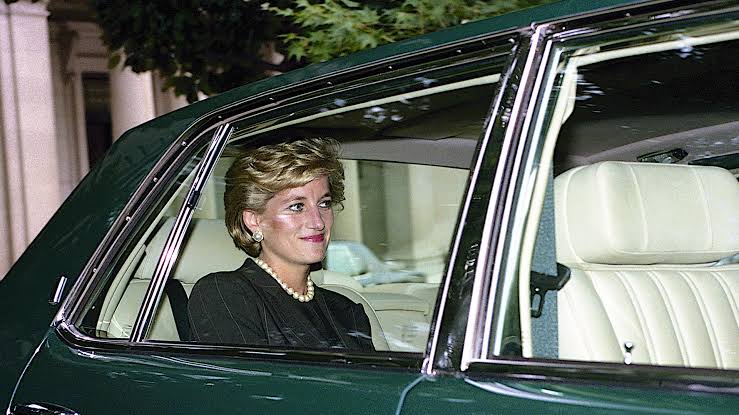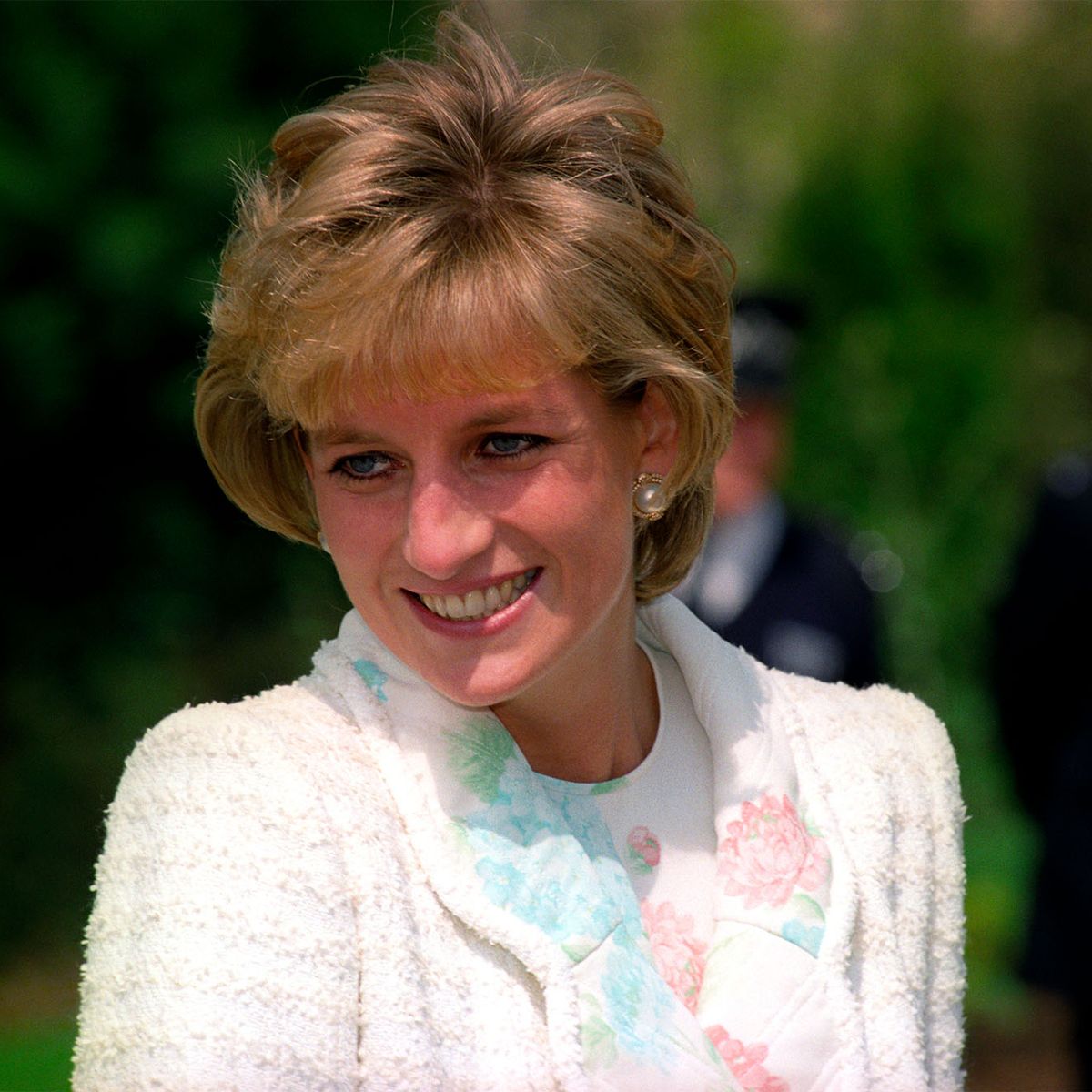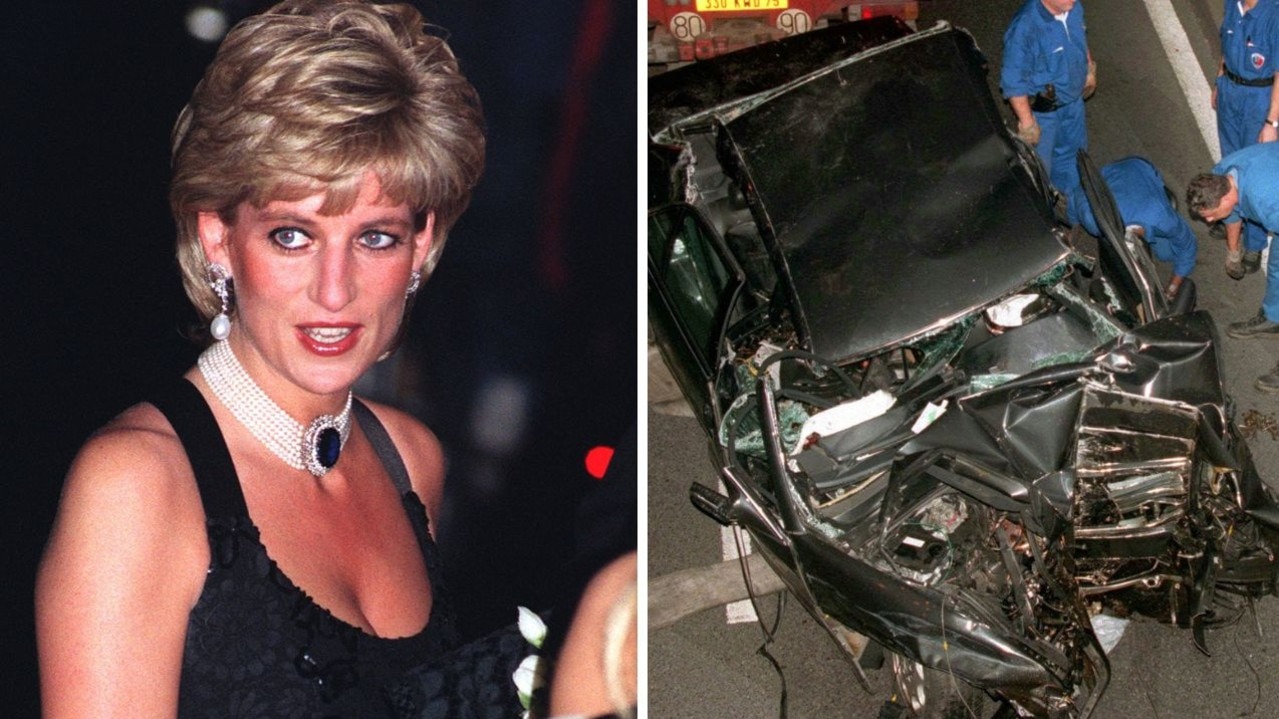Princess Diana, the Princess of Wales, was one of the most beloved public figures of the 20th century. Known for her charitable work, compassion, and global popularity, her untimely death in a car crash in Paris on August 31, 1997, shocked the world.
The Fatal Crash in Paris
In the early hours of August 31, 1997, Diana was traveling in a Mercedes-Benz S280 through the Pont de l’Alma tunnel in Paris. She was accompanied by Dodi Fayed, her companion, their driver Henri Paul, and bodyguard Trevor Rees-Jones.
They were leaving the Ritz Hotel and were reportedly pursued by photographers on motorcycles. As investigations confirmed, Henri Paul lost control of the vehicle while traveling at high speed. The car crashed into the 13th pillar of the tunnel.
Dodi Fayed and Henri Paul died at the scene. Trevor Rees-Jones was seriously injured but survived. Princess Diana was critically injured and received emergency medical attention before being transported to Pitié-Salpêtrière Hospital. Despite efforts to save her, she was pronounced dead in the early hours.
Sources:
- BBC News – Princess Diana’s Death
- The Guardian – Diana Crash Details

The Role of First Responders
One of the first people on the scene was Dr. Frédéric Mailliez, a French emergency physician who happened upon the crash while driving home. In interviews, including with The Associated Press in 2022, Mailliez described finding the wreckage, calling emergency services, and beginning initial medical support.
Dr. Mailliez explained that he did not recognize Diana at first, as his focus was on treating an unconscious woman who was struggling to breathe. He used a respiratory bag to assist her while awaiting professional rescue teams.
This initial care was crucial before firefighters and paramedics arrived to transport her to hospital.
Sources:
- Associated Press – Doctor Who Treated Diana Recalls Scene
- BBC News – Diana’s Final Hours

The Investigation and Official Inquest
French authorities immediately launched an investigation into the crash. Their findings concluded that Henri Paul had been driving at high speed while under the influence of alcohol and prescription drugs, contributing significantly to the loss of control.
A British inquest, completed in 2008 after years of inquiry, similarly concluded that Diana and Dodi Fayed were unlawfully killed due to grossly negligent driving by Henri Paul and the pursuing paparazzi.
However, it found no evidence supporting conspiracy theories or deliberate harm. The jury emphasized speed, impairment, and harassment by photographers as key factors in the tragedy.
Sources:
- BBC News – Diana Inquest Verdict
- UK Government – Coroner’s Inquest Findings

Medical Response in Paris
After receiving initial aid from Dr. Mailliez and arriving firefighters, Diana was carefully extracted from the wreckage. Paramedics stabilized her at the scene—a process that took time due to the seriousness of her internal injuries.
She was transported to Pitié-Salpêtrière Hospital, one of Paris’s leading trauma centers. Despite surgical intervention, Diana succumbed to her injuries a few hours after the crash.
French emergency services later defended the timeline of care and transport, noting the need for careful stabilization before moving such a severely injured patient. The British inquest found no evidence of negligence in the medical response.
Sources:
- BBC News – Princess Diana’s Final Hours
- The Guardian – Medical Response
Dr. Frédéric Mailliez’s Reflections
Dr. Mailliez has spoken several times over the years about that night, including for the 25th anniversary of Diana’s passing in 2022. He describes the scene as chaotic, with photographers taking pictures while he provided care.
He has said he felt a lasting connection to the event, given he was one of the last people to see Diana alive. Nonetheless, investigations have confirmed he and other responders did all they could under extremely challenging circumstances.
His firsthand accounts help paint a respectful, human picture of the tragedy without resorting to sensationalism.
Sources:
- Associated Press – Doctor Who Treated Diana Recalls Scene
- France24 – Diana’s Crash Site Memories

The Global Impact of Diana’s Death
News of Diana’s death led to an unprecedented outpouring of public grief. In the UK, hundreds of thousands of mourners left flowers at Kensington Palace and other royal residences.
Her funeral on September 6, 1997, was watched by an estimated 2.5 billion people worldwide. Princes William and Harry, then teenagers, walked behind her coffin alongside their father Charles, grandfather Prince Philip, and Diana’s brother Charles Spencer.
Her death also prompted changes in how the Royal Family interacted with the public, leading to greater openness and modernisation in the years that followed.
Sources:
- BBC News – Diana’s Funeral
- Royal.uk – Princess Diana’s Legacy
Diana’s Enduring Legacy
Beyond the tragedy of her death, Princess Diana’s legacy lives on through her humanitarian work. She was a pioneering voice in destigmatizing HIV/AIDS, advocating for landmine clearance, and supporting numerous charities.
Her sons, King Charles III (formerly Prince Charles) and Prince William, as well as Prince Harry, have spoken often of their commitment to continuing her charitable spirit.
Sources:
- HALO Trust – Diana’s Work
- Royal.uk – The Princess of Wales

Conclusion
Princess Diana’s death remains one of the most significant and mourned events in modern royal history. The verified record shows a high-speed crash, driver impairment, and paparazzi pursuit as central factors—without evidence of conspiracy or deliberate harm.
Dr. Frédéric Mailliez’s testimony stands as a respectful, firsthand account of the efforts to save her life in the moments after the crash, reminding us of the very human tragedy at the heart of this global story.
By remembering Diana for her compassion, courage, and humanitarian legacy, we honor her lasting impact on the world.

